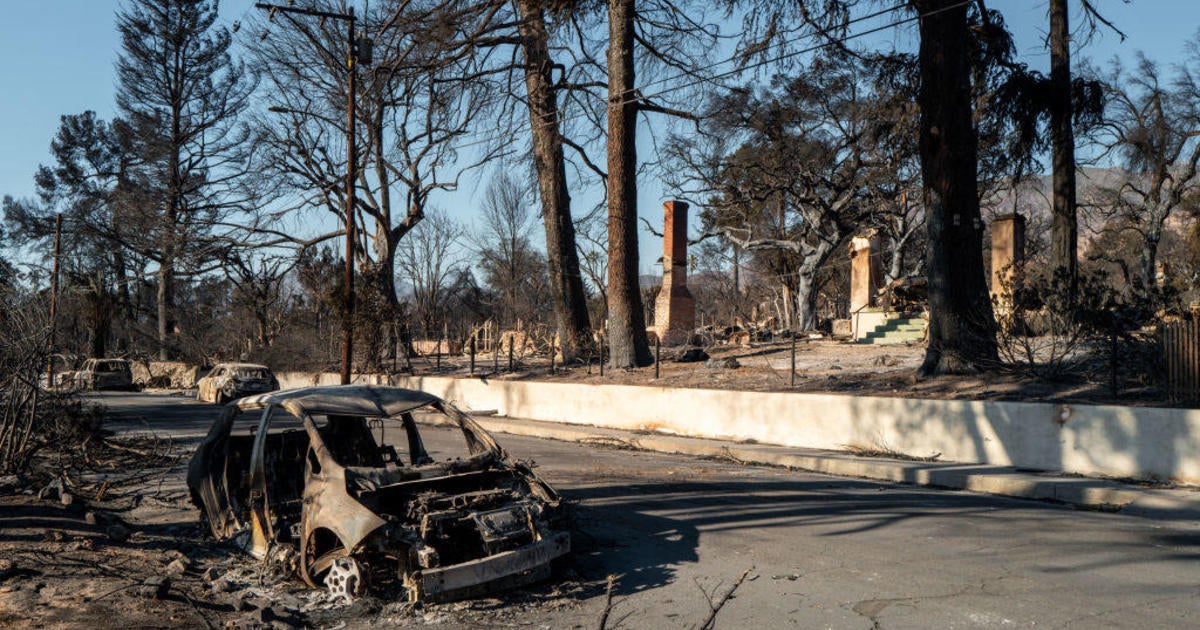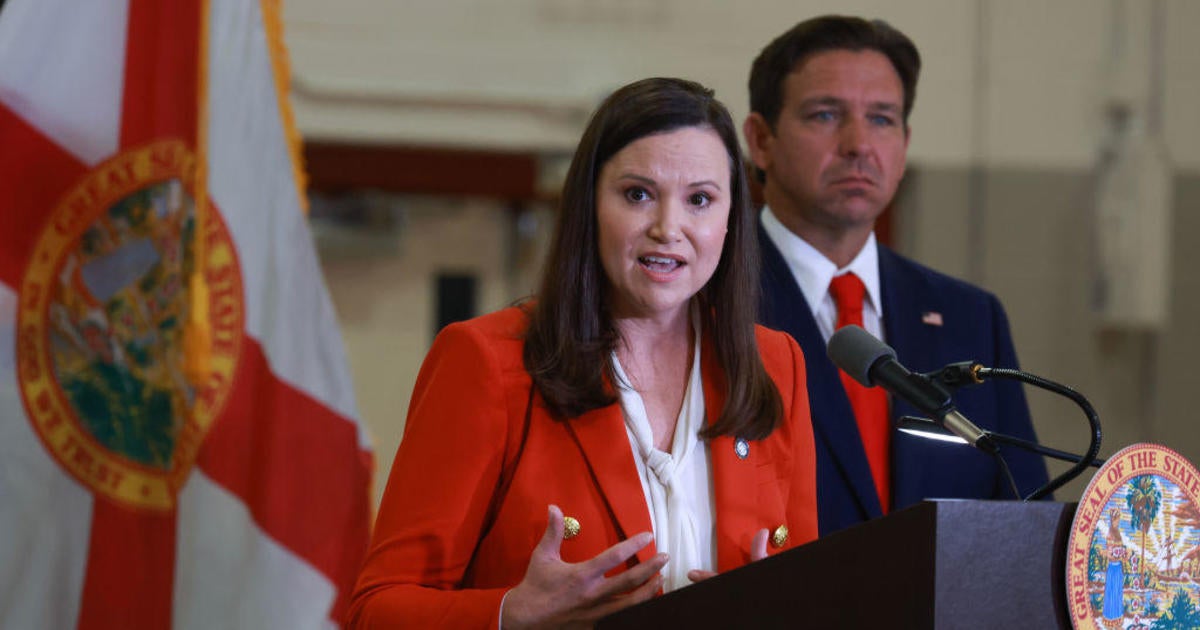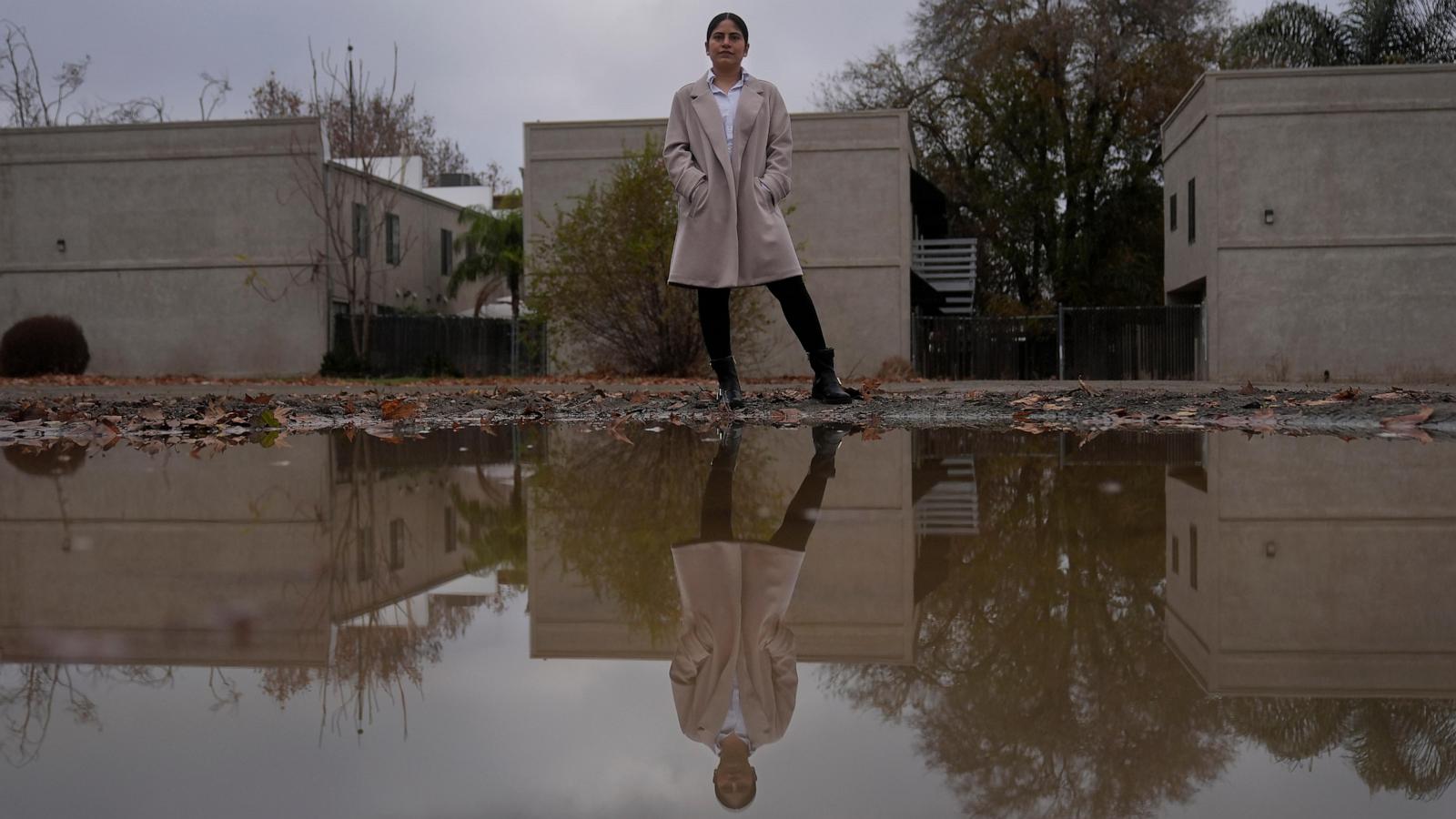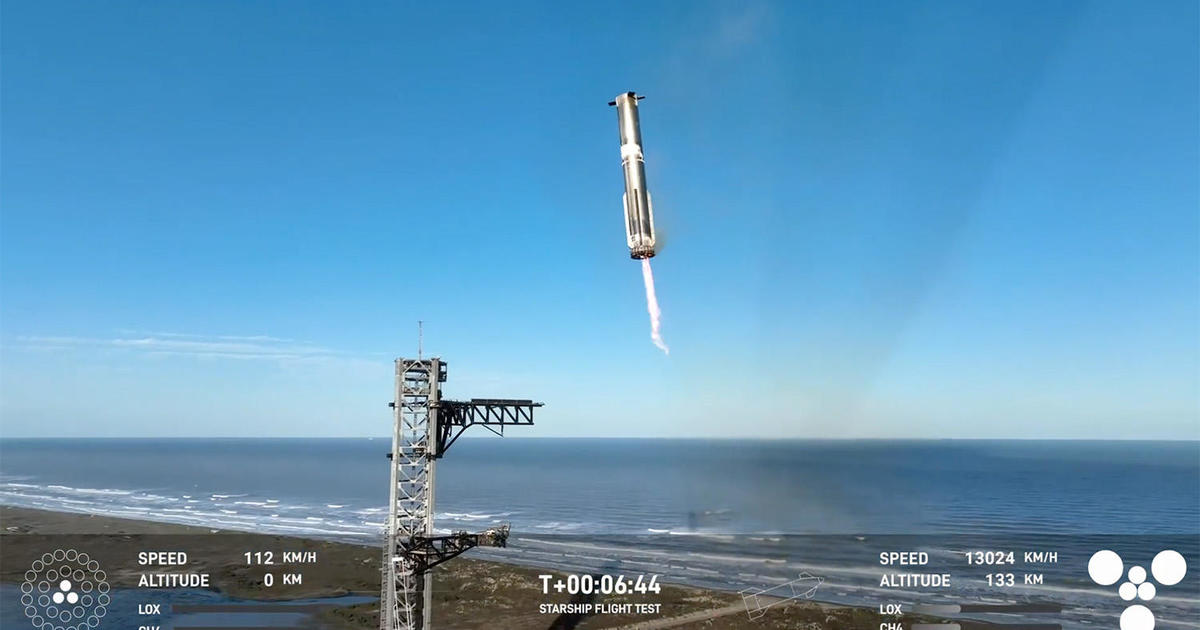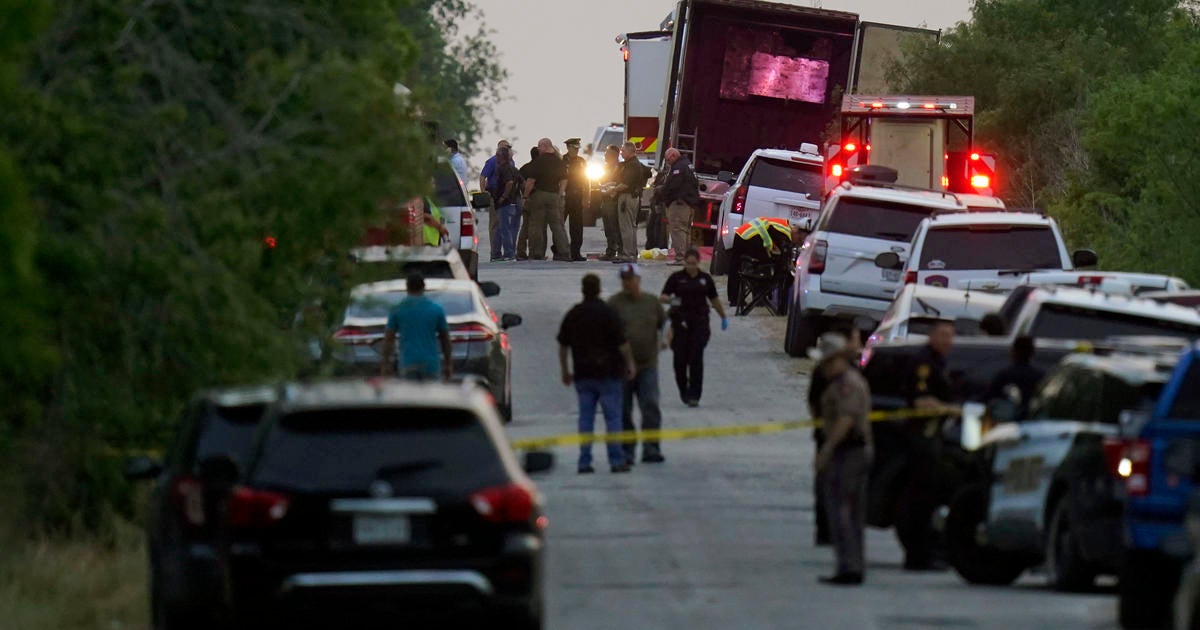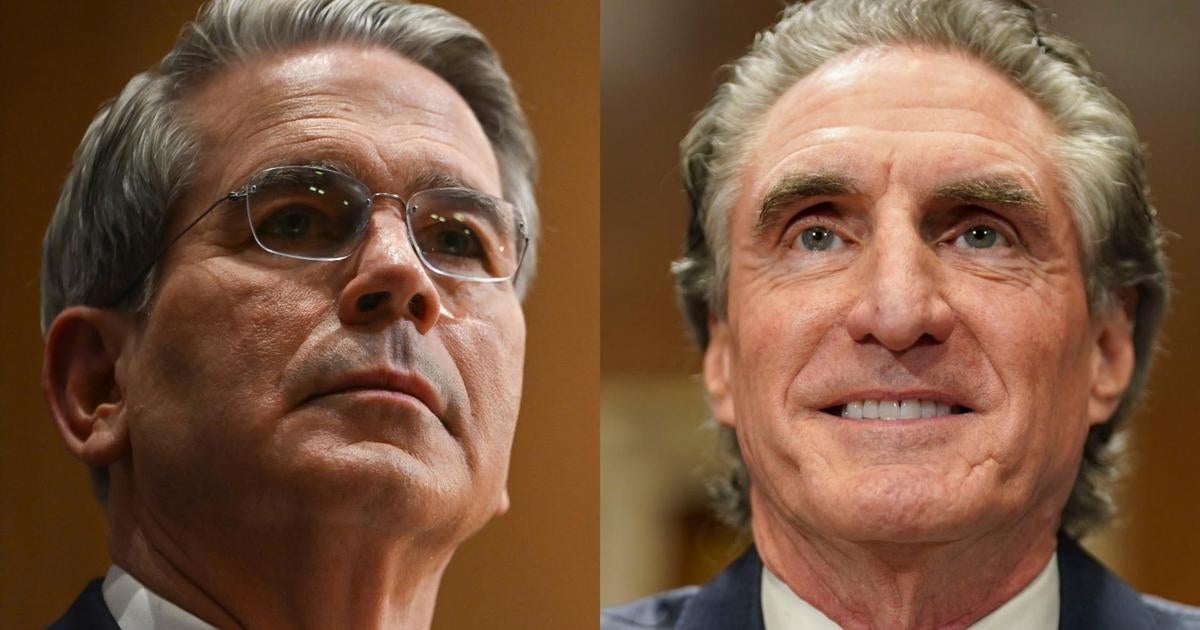By
January 16, 2025 / 8:09 PM EST
/ CBS News
LAFD officials face criticism over fire response
Since the Palisades Fire broke out on the morning of Jan. 7, several more wildfires have ravaged the Los Angeles area. At least 27 people have died and more than 12,000 structures have been destroyed.
In the middle of all of this, a false evacuation alert sent to all of L.A. County’s approximately 10 million residents on Jan. 9 added to the chaos, as many Angelenos were left unsure what to believe.
“While the city alerts are definitely alarming, we just aren’t able to take any city push alerts at face value after [a] couple rounds of mistakes,” Sharvari Akre-Bhide, a clinical researcher living in L.A., told CBS News.

Brandon Bell / Getty Images
Instead, L.A. residents flocked to Watch Duty, an app which shows real-time updates and alerts for wildfires in 21 states.
In the first days of the fires, Watch Duty shot to the No. 1 spot in Apple’s app store seemingly overnight. It provides users easy-to-read maps showing burn areas, evacuation zones, fire cameras and more. It’s all sourced from publicly available data and verified by a team of fire fact-checkers.
“Sending errant emergency alerts is a quick way to erode trust,” John Mills, co-founder and CEO of the app told CBS News.
Watch Duty has been a lifeline for many people in wildfire-prone communities since it was created in 2021.
“We did heed the first city alert enough to pack an emergency bag, but other than that have been monitoring Watch Duty before taking any action,” Akre-Bhide said. “…We’ve been basically cross checking every city push alert that goes out immediately with Watch Duty and then reevaluating.”
She’s not the only one. Longtime California resident Keri Gailloux told CBS News she checks Watch Duty the same way she would her favorite weather app.
“It’s about the facts,” Gailloux said. “It’s about what’s real and in real time, as much as you can get it. And while I love listening to people’s opinions about things, that’s where misinformation really can happen.”

Watch Duty
How Watch Duty works
The process to track and verify its information is deceptively simple, Watch Duty says. Information comes in, gets confirmed and goes out to users.
“The difference with Watch Duty is that the people who are reporting on it are people who have been in the field, people who understand the importance of, ‘You’ve got a five minute evacuation window,'” Gailloux said.
Watch Duty has more than 150 volunteers made up of active and retired first responders, firefighters and dispatchers who monitor radios, scan the internet, and reach out to officials. If something comes in through one of those channels, the team coordinates and confirms the various pieces of new information. Once it’s confirmed, an incident leader will send the update to the app, which in turn alerts users in the area.
“We have historical recordings of everything that we do here.” Mills explained. “So it’s kind of hard to debate, because that’s what was said at that time. And so we try to remove opinion and sensationalism from this.”
Mills says that straightforward process of fact and science “used to be the world that we lived in, and we want to bring that back.”
“We didn’t start this because of misinformation,” Mills said. “We started it from looking at good information.”
Operating on trust
Mills points to what he believes is an outdated national alert system, ill-equipped to handle the ferocity of future natural disasters as one of the reasons for the confusion seen in California.
“They have these arcane checks and balances from the FEMA ICS (Incident Command System) structure that was invented in the seventies.” Mills said. “Disasters are moving faster, and they haven’t updated.”
Mills remarks come as the L.A. Fire Department is facing scrutiny over its response to the Palisades Fire.
“I’m not here blaming L.A. Emergency Operations Center or any of these people. This is a hard job to do,” Mills said.
Gailloux seems to agree.
“If you’re waiting for the news to tell you what to do, or you’re waiting for the fire trucks to show up, you could be dead.” Gailloux said. “[Watch Duty] understands the urgency.”
Mills sees a need for Watch Duty’s service beyond fires, with climate change putting more people in the path of potential disasters.
“We’ve seen the same nonsense happen during floods, the recent tsunami warning in California that went awry, and just the misinformation that spreads around panic.”
According to Mills, Watch Duty is unique from its Silicon Valley counterparts in that it is a nonprofit with no plans to change.
“Watch Duty is a nonprofit because, I mean the very easy answer is, it’s the right thing to do,” Mills said.
With 2.8 million users, premium membership options and full-time employees, Watch Duty has a significant cash flow. According to the company’s 2024 annual report, it brought in $5.6 million in funding through a combination of grants, donations, and paying members. But Mills has no plans to put the app behind a paywall.
“This is a governmental service and a municipal operation that needs to exist free and devoid of ads, spam, sign-up logins, marketing to 3rd parties, [and] selling you fire hoses when you’re trying to run for your life.” Mills said. “It’s just ridiculous, and so we will take no part in that.”
So how should California government officials respond? Says Mills, “If I were them, I would pick up the phone and call me.”
and
Melissa Mahtani
contributed to this report.
Kara Fellows is a member of the CBS News Confirmed team, focused on exposing misinformation.

